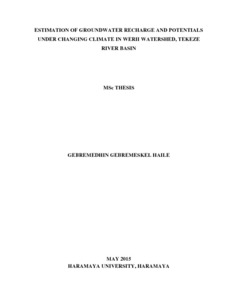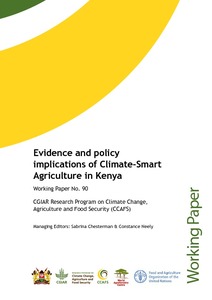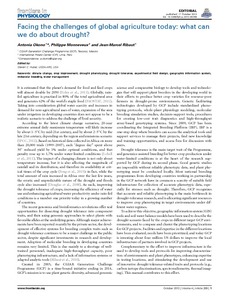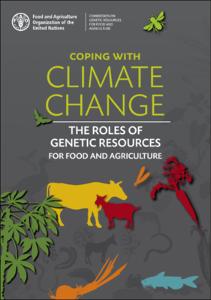Effects of salinity and drought on early seedling growth and survival of Artemisia herba-alba
Seedlings of Artemisia herba-alba grown in glasshouse were watered with differing salinities (0, 150, 250 or 350 mM NaCl) and watering frequencies of 3, 7, 14 or 21 days for a period of 6 weeks. At the end of the study, plant survival, dry matter yield, biomass allocation (shoot and root), leaf area, relative growth rate (RGR), net assimilation rate (NAR), specific leaf area (SLA) and leaf area ratio (LAR) were recorded. When watered with 0 mM NaCl, Artemisia herba-alba plants had similar (P> 0.9) final dry matter weight and 100% survival regardless of watering frequency.







